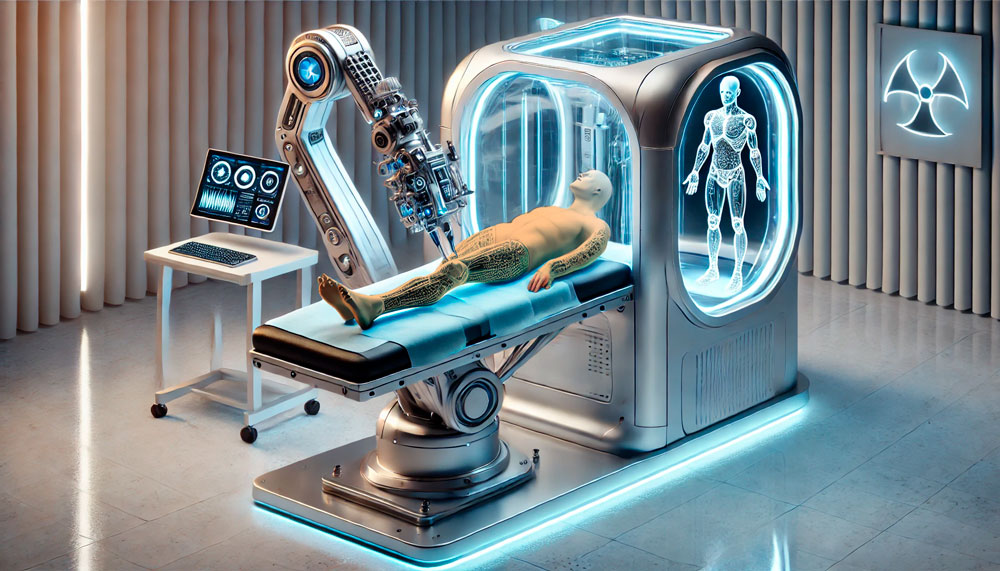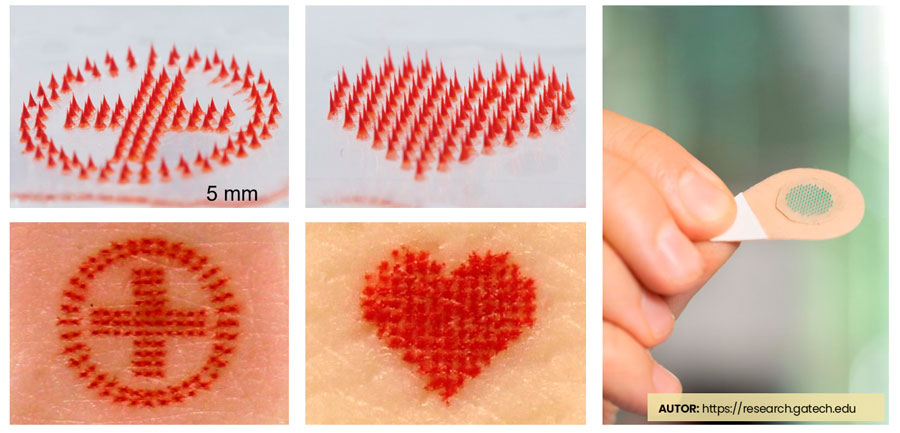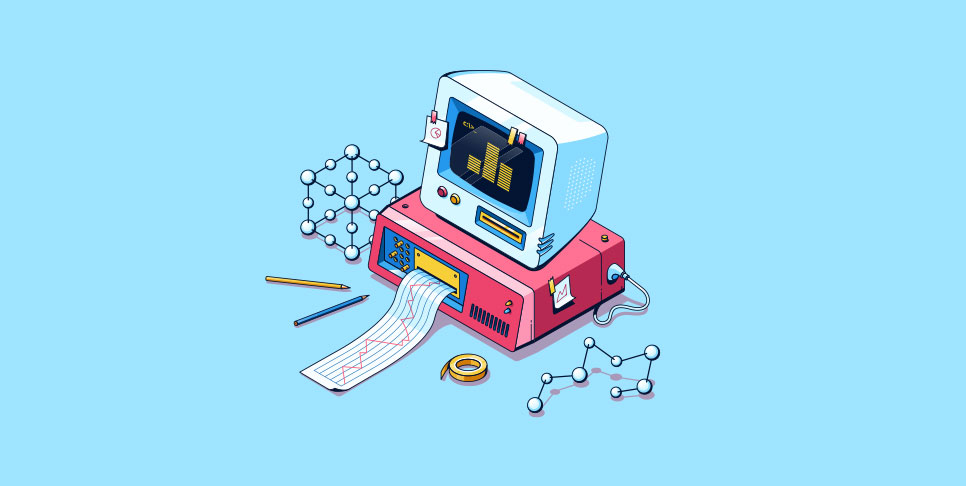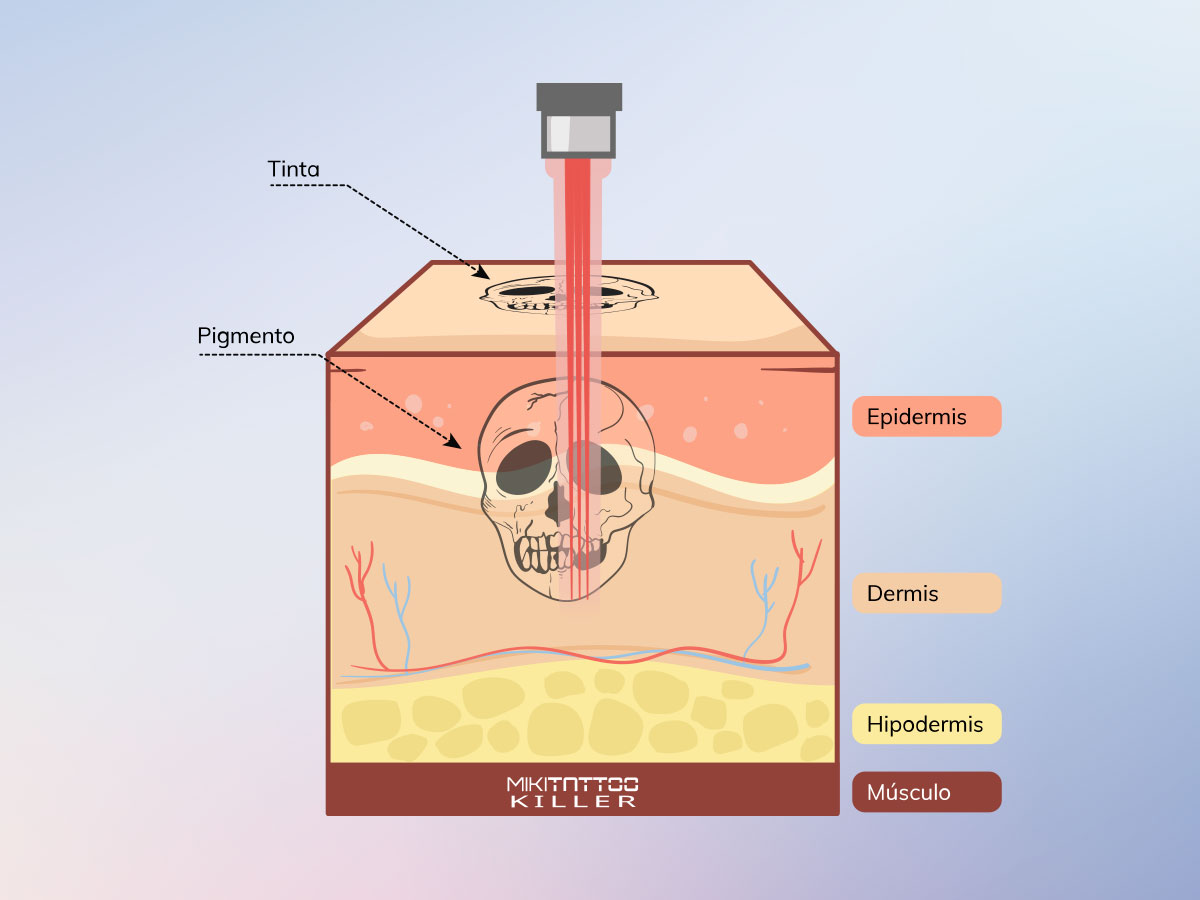
Tattoos created by machines: A reality in 2025?
The technological revolution reaches the world of tattoos: How will our permanent designs change in 2025?
Tattooing, an art form rooted in the history of humanity, is at the crossroads of an unprecedented technological transformation. The advent of new tools and techniques promises to completely redefine the way we conceive and create our machine-made tattoos. However, despite these advances, is it possible for a machine, no matter how sophisticated, to replicate the very essence of tattooing: the human touch?
Tattoos Created by Machines: A Reality in 2025?
3D printing technology, artificial intelligence, and robotics have opened up a wide range of possibilities in the world of tattoos. Machines capable of reproducing designs with millimeter precision and astonishing speed are becoming more common. This breakthrough marks the beginning of machine-made tattoos, but what lies beyond the technique? Can a machine capture the emotion, passion, and individuality that a tattoo artist imprints with every stroke?

Technology continues to amaze with disruptive innovations, and one of the most recent is the creation of a robot capable of performing tattoos completely autonomously. This development, carried out by a team of French students, demonstrates that robots are making significant progress in tasks that traditionally required a high level of human skill.
How does the tattoo robot work?
The robot uses a combination of artificial intelligence, computer vision, and 3D printing technology to scan the client’s skin and then transfer the chosen design with millimeter precision. While the process still requires human supervision in certain aspects, such as skin preparation and initial setup, the tattoo execution is fully automated.

Advantages and limitations of the technology
Tattoo automation offers undeniable advantages:
- Precision and speed: Designs are reproduced with millimeter accuracy and in record time.
- Hygiene: Machines can be sterilized more efficiently, reducing infection risks.
- Customization: Design software allows for nearly infinite customization.
However, it also presents significant limitations:
- Lack of soul: The machine lacks the ability to interpret the design, adapt it to the curves of the body, and add that unique touch that only an artist can provide.
- Human connection: Getting a tattoo is much more than applying ink to the skin. It is a ritual, a shared experience between the tattoo artist and the client, a connection that goes beyond aesthetics.
- Unexpected issues: Skin is living tissue, and every body reacts differently. An experienced tattoo artist knows how to adapt to these variations, something a machine cannot yet do.
Tattoo Removal: A growing market
The growing popularity of tattoos has led to an increase in demand for removal services. Lasers have revolutionized this field, but research continues to develop even more effective and less invasive techniques.
Currently, lasers represent the most advanced and effective technique for tattoo removal. Modern devices, such as those using picosecond technology, break down ink particles into tiny fragments that the body eliminates naturally. This advancement has not only reduced the time needed to complete the process but also minimizes the risk of scarring, which was a major concern in the past. At MikiTattooKiller, we use the most advanced laser technology to remove tattoos, microblading, and stains.

While technology plays an essential role in tattoo removal, personalized advice remains crucial. Each case requires the expertise of a professional who understands both the client’s emotions and the technical particularities of their skin and tattoo. That’s why at MikiTattooKiller, we place great importance on human value: we accompany you from start to finish, answering all your questions and concerns so that your experience is the best 🔝.
The value of the human touch
Despite technological advances, tattooing will remain, at its core, an art. An art 🖼️ that requires the skill, creativity, and sensitivity of a tattoo artist. The machine can be a valuable tool, but it will never replace the human connection established in a tattoo studio.
Technology is transforming the world of tattooing, but it’s not dehumanizing it. The machine and the artist can coexist, complementing each other. The machine can offer precision and speed, while the artist brings the soul, passion, and human connection that make a tattoo truly special.
If you’re looking for a tattoo that is unique, represents you, and lasts through time, you will continue to seek the hand of an artist. If, on the other hand, you’re looking to remove a tattoo with laser, don’t hesitate to contact us through our website, Instagram y/o Whatsapp📞.


